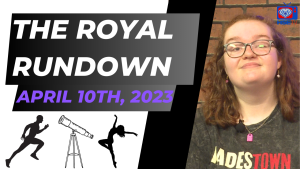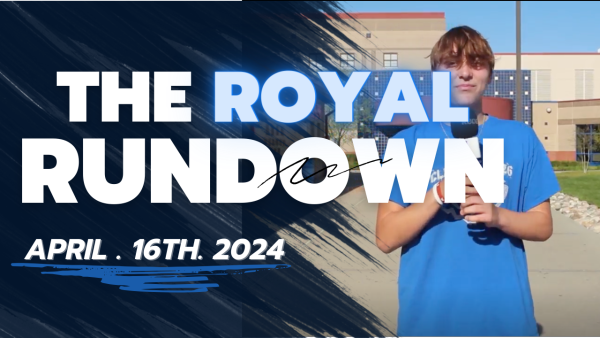The Elam Ending: The History of the New NBA All-Star Game Format
March 13, 2021
The NBA All-Star Game has been highly criticized for years for a lack of competition in the game. The game in the past has been overall a showcase of ridiculously little urgency. Coincidentally, the game of basketball as a whole has suffered from close and exciting endings being slowed down and, in some opinions, ruined the integrity of the game. The Elam Ending conveniently has fixed both of these problems as there is no clock in the fourth quarter after the first dead ball inside of four minutes remaining, but a target score is decided upon based on the scoring of the first three quarters. The Elam Rule has a complex history on how it has gotten to the NBA All-Star Game and it is deeply rooted in Indiana basketball.
Nick Elam, a professor of educational leadership at Ball State University created the rule while watching a NCAA Tournament game as a student at the University of Dayton. Elam believed that there was a more dramatic and fan-forward way to end a game, so in 2007, he introduced the Elam Ending.
The Elam Ending was first introduced in a series called “The Basketball Tournament,” which is a winner-take-all open application, single-elimination tournament that is televised by the ESPN Family of Networks. The new, dramatic ending format was a hit and NBA Commissioner Adam Silver introduced the format for the 2020 NBA All Star Game.
Team Giannis and Team LeBron played an intense game of basketball that captivated the attention of millions as the Elam Ending would have the target score at an additional 24 points to honor the recent passing of Kobe Bryant. The game was won on a free throw by Lakers forward Anthony Davis, ironic considering that the rule was created to eliminate late game fouling’s anticlimactic finishes. But nonetheless, the new rule was a hit with fans as Team LeBron took home a 157-155 victory.
The format returned to 2021 All-Star Weekend on March 7, 2021 as Team LeBron defeated Team Durant 170-150. It is unlikely the Elam Ending will ever be used in a regular season or postseason game as there are some who believe that it is not in compliance with the history of basketball. However, the format has potential to be used in the NBA Summer League and seems to be the format of the All-Star Game for years to come. Whether it is a footnote in basketball history or a revolutionary rule only time will tell, but it is safe to say that the Elam Ending adds more to the extensive history of Indiana basketball. Story by Tristan Fluhr.












